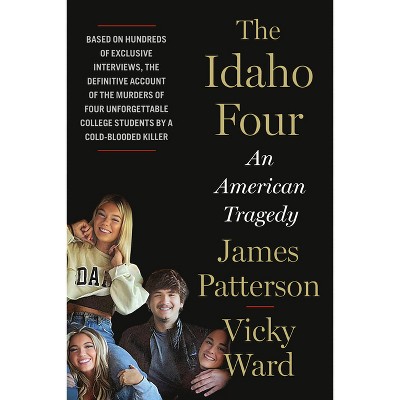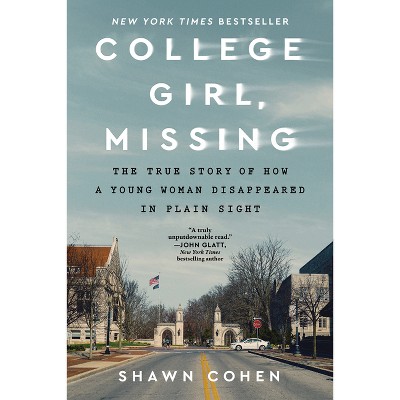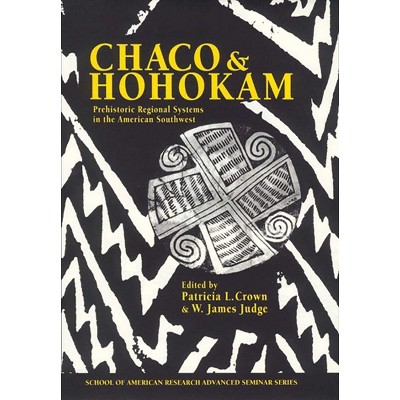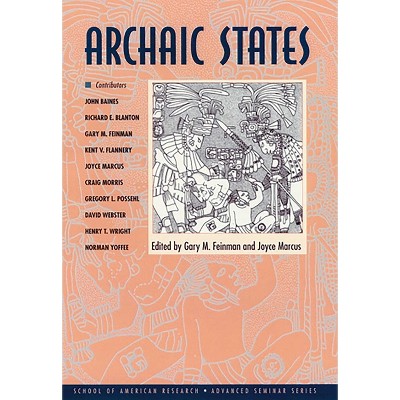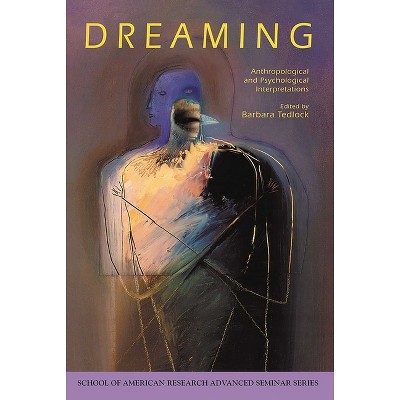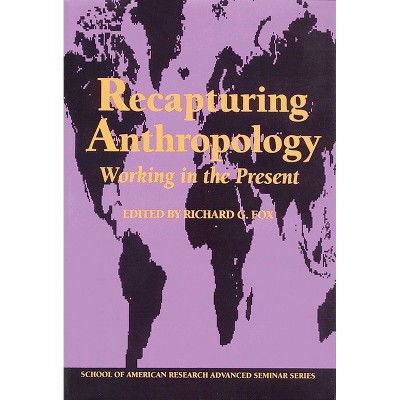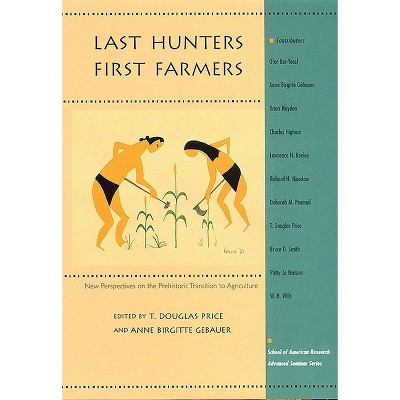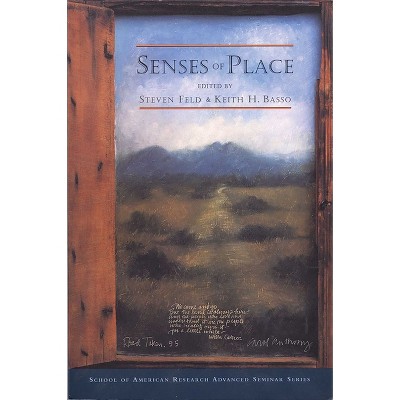Archaeology of Chaco Canyon - (School for Advanced Research Advanced Seminar) by Stephen H Lekson (Paperback)

$34.95 when purchased online
Target Online store #3991
About this item
Highlights
- The site of a great Ancestral Pueblo center in the 11th and 12th centuries AD, the ruins in Chaco Canyon look like a city to some archaeologists, a ceremonial center to others.
- About the Author: Stephen H. Lekson is associate professor of anthropology at the University of Colorado, Boulder, and his most recent books are Salado Archaeology and Chaco Meridian.
- 560 Pages
- History, United States
- Series Name: School for Advanced Research Advanced Seminar
Description
About the Book
The site of a great Ancestral Pueblo center in the 11th and 12th centuries AD, the ruins in Chaco Canyon look like a city to some archaeologists, a ceremonial center to others. Chaco and the people who created its monumental great houses, extensive roads, and network of outlying settlements remain an enigma in American archaeology.Book Synopsis
The site of a great Ancestral Pueblo center in the 11th and 12th centuries AD, the ruins in Chaco Canyon look like a city to some archaeologists, a ceremonial center to others. Chaco and the people who created its monumental great houses, extensive roads, and network of outlying settlements remain an enigma in American archaeology.Review Quotes
"The Archaeology of Chaco is an important statement on this singularly important North American historical phenomenon... I would use this book in my North American archaeology course; others will use it for comparative civilizations and New World survey courses." -- Timothy Pauketat
About the Author
Stephen H. Lekson is associate professor of anthropology at the University of Colorado, Boulder, and his most recent books are Salado Archaeology and Chaco Meridian.Dimensions (Overall): 9.0 Inches (H) x 5.9 Inches (W) x 1.3 Inches (D)
Weight: 1.8 Pounds
Suggested Age: 22 Years and Up
Number of Pages: 560
Genre: History
Sub-Genre: United States
Series Title: School for Advanced Research Advanced Seminar
Publisher: Sar Press
Theme: State & Local, General
Format: Paperback
Author: Stephen H Lekson
Language: English
Street Date: March 21, 2006
TCIN: 1003613959
UPC: 9781930618480
Item Number (DPCI): 247-10-9199
Origin: Made in the USA or Imported
If the item details above aren’t accurate or complete, we want to know about it.
Shipping details
Estimated ship dimensions: 1.3 inches length x 5.9 inches width x 9 inches height
Estimated ship weight: 1.8 pounds
We regret that this item cannot be shipped to PO Boxes.
This item cannot be shipped to the following locations: American Samoa (see also separate entry under AS), Guam (see also separate entry under GU), Northern Mariana Islands, Puerto Rico (see also separate entry under PR), United States Minor Outlying Islands, Virgin Islands, U.S., APO/FPO
Return details
This item can be returned to any Target store or Target.com.
This item must be returned within 90 days of the date it was purchased in store, shipped, delivered by a Shipt shopper, or made ready for pickup.
See the return policy for complete information.




